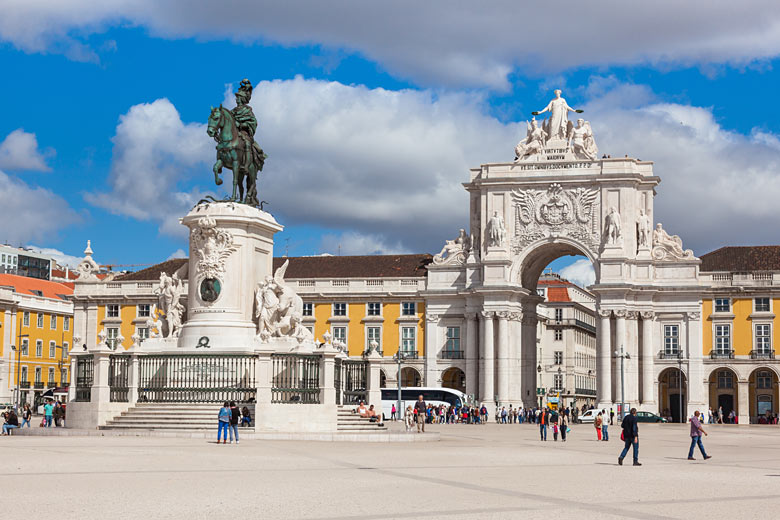Terrific tapas & bustling beaches: why Malaga is worth visiting
Malaga is a city you should just whizz through en route to the resorts of the Costa del Sol*, right? Seriously wrong! Linger for a day, preferably longer, and you'll discover that one of Europe's oldest cities is a seriously engaging, brilliantly fun Mediterranean port centre.
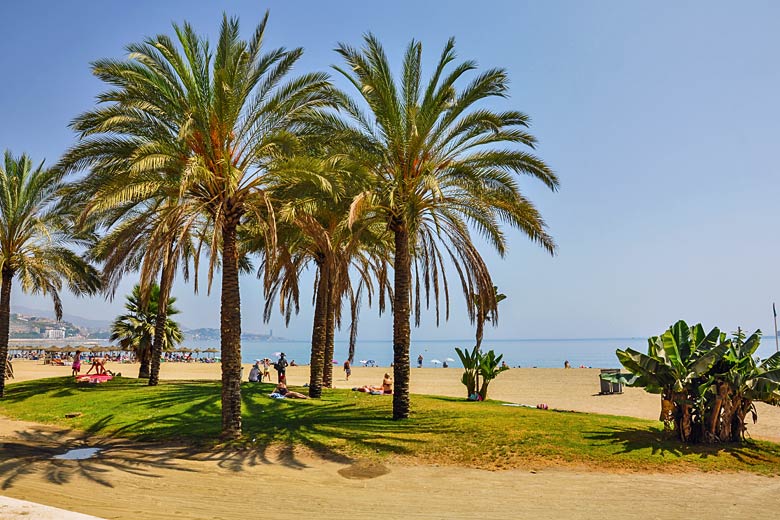
With more than 300 days of sunshine a year, Malaga is a city that thrillingly lives life outdoors, from its pavement cafés and myriad tapas bars to its beaches. In recent years, much of the city has been pedestrianised, making it a joy to stroll around.
Malaga* should be as popular for a city break as Palma. That it is not, yet, means you get to savour this southern Spanish charmer without the same crowds. What are you waiting for?
Getting to Malaga: check out the latest deals on holidays to the Costa del Sol with Jet2holidays* and escapes to Malaga with Jet2CityBreaks*.
Bountiful beaches
Why barrel off to the resorts when you have strips of sand right here in Malaga? The most popular beach, Playa Malagueta, comes with all the beach bar-and-parasol frills. You can enjoy a city and beach break in one, with the centre right behind the sands.
Savvy locals slip off to Playa de San Andres, a less assuming beach to the southwest of the port where you can enjoy freshly grilled sardines right on the beach in a chiringuito (local beach bar).
Kite surfers should head for the Playa El Campo de Golf, where there is a school if you fancy learning too.
Swathes of history
Near the cathedral you can take an older pew in the Roman amphitheatre (only uncovered in 1951) and take in the 11th-century Moorish Alcazaba before you push on up the hillside in search of the vaulting 14th-century Gibralfaro Castle that overlooks Malaga.
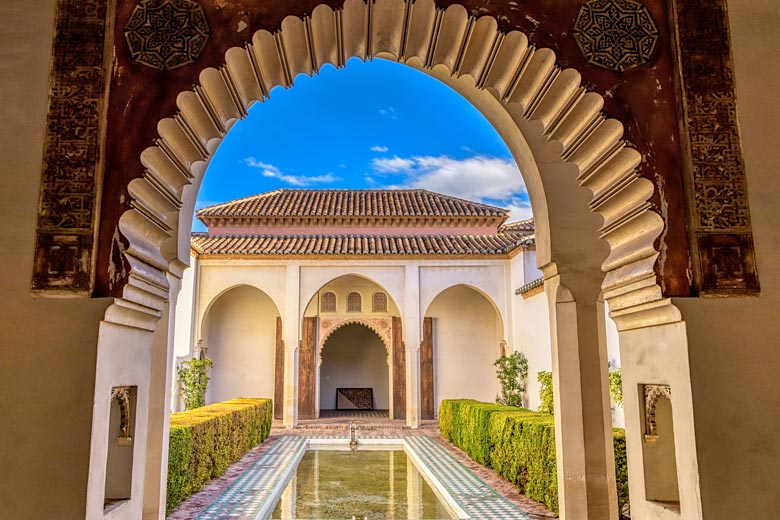
You'll get more in touch with Malaga's history here and see just how dramatic its location betwixt sea and mountain really is. No wonder everyone from the Phoenicians and the Carthaginians through to the Romans and the Moors flocked to Malaga.
Malaga Cathedral
The old core is a heritage joy and the cathedral is the shining architectural star. Take a pew in a café overlooking the vaulting cathedral to take the pulse of historic Malaga.
And the view after hiking the 200 steps up its 87m-high tower (the only one of two to be completed) is absolutely worth the effort.
The cathedral, fashioned by Diego de Siloe, is a riot of Renaissance excess beyond its Baroque façade. It took over two centuries to build, slowly pushing skywards between 1528 and 1782.
Don't miss the frescoes in the interior. It doesn't end here as Malaga boasts a rich vein of churches that soars through across the city.
The lifeblood port
Malaga has a very active port with lots of commercial traffic and passenger ferries making their way south down to the Spanish geopolitical anomalies in North Africa. The port infuses Malaga with the buzz of constant movement and multiculturalism.
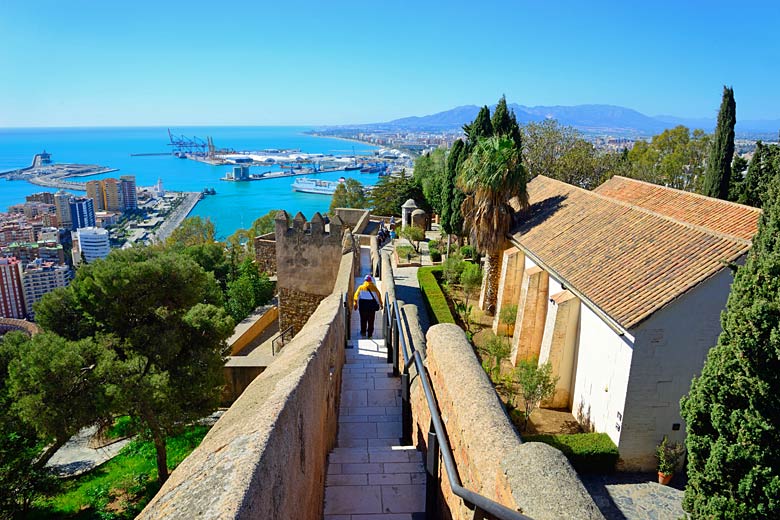
As well as the grungy shipping port, a portion of it has been tarted up in recent years with slick shops, smooth cafés and sultry bars. Peering over the millionaire yachts, cool cocktail in hand, it has the glitzy feel of nearby Marbella.
The presence of Picasso
Spend a day or two here and it's easy to see how the ever-changing light, plus epic sunrises and sunsets, inspired a young Picasso.
Born in Malaga in 1881, the hundreds of works on display at the Picasso Museum in the Buenavista Palace run the gamut from his early 19th century etchings, through to later works before his death in 1973.

Picasso himself was very keen on his creations being permanently displayed in his home city and it's quite a collection with sculptures, drawings and ceramics backing up his famed oil paintings.
While you're here check out any temporary exhibits. If you want to continue on the trail of the seminal artist head for the Picasso Birthplace Museum, where more of his work awaits, as well as artefacts that illuminate his childhood.
Museum city
Malaga has certainly earned this title with a treasure trove of superb museums drawing in cultures from all over Spain and further afield. There is seriously eclectic appeal too.
The Malaga Museum sets the scene for one of Europe's oldest cities with an especially strong Moorish section. One of the most beguiling strands of Andalusian culture comes alive at the Flamenco Art Museum.
Then, as well as the Carmen Thyssen Museum, Malaga has its very own branch of the Pompidou Centre. We stay with the avant-garde at the Malaga Centre for Contemporary Art and then head east with the Russian Art Museum, housed in an old tobacco factory.
It doesn't end there with further museums dedicated to glass and crystal, automobiles, arts and popular traditions; there's even a museum dedicated to airports and air transport.
Tapas trails
Malaga is up there with Seville for its tapas bars. Quaff sherry straight from the cask at 19th-century old-timer Casa del Guardia for a euro or so, accompanied by a plate of boat-fresh prawns. Try local tipple pajarete, too.
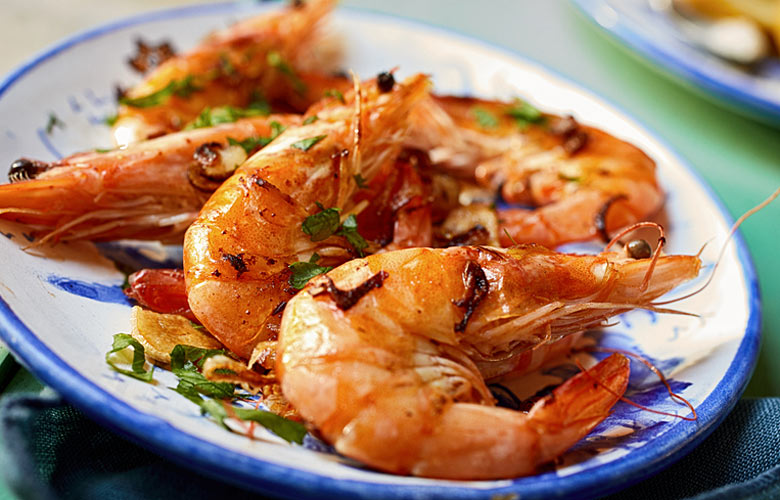
Move on to El Pimpi, part-owned by Malaga local Antonio Banderas, to tuck into sublime Jamon Iberico. It's got its own version with pigs fed on chestnuts rather than acorns, with a really different flavour.
El Carpintero is the place for meatballs in an almond sauce and garlic prawns. If you want a guided tapas safari hook up with the excellent I'm Experience.
Market magic
They just don't do markets as remarkable as Atarazanas in many cities. You'll instantly wish you had a market like this in your hometown. It is housed on the site of an old Moorish shipyard, with the grand entrance a legacy.
The current building dates from the 19th century and the highlight has to be its elegant stained glass windows. Inside is a wonderland of super fresh fish, delicious cured meats, otherworldly cheese and eye-poppingly colourful fruit and vegetables.
Sheer joy. Around its fringes, a rich necklace of tapas bars puts the ultra-local produce on the plate for you. Get there before 1 pm for any chance of snaring a seat.
Weather in Malaga
| Jan | Feb | Mar | Apr | May | Jun | Jul | Aug | Sep | Oct | Nov | Dec | |
|---|---|---|---|---|---|---|---|---|---|---|---|---|
| Maximum daytime temperature °C | ||||||||||||
| Hours of sunshine (daily) | ||||||||||||
| Days with some rainfall | ||||||||||||
| Sea temperature °C |
The above shows the weather in Malaga. Find out more about conditions across the country in our complete guide to the weather in Spain.
Ready to discover Malaga? Don't miss the latest online offers on breaks with Jet2holidays.
More about the Malaga
- Overview
- Best time to visit
- Weather by month
- 5-day weather forecast
- Destinations
- Travel advice
- Deals & discounts
Malaga by month
Jan Feb Mar Apr May Jun Jul Aug Sep Oct Nov Dec
Explore holidays in the sun for less
- Beach holidays
- Family holidays
- City breaks
- Summer holidays
- Winter sun holidays
- Holiday offers
- Top travel brands
- Airlines & flights
- Discount hotels
- Airport parking deals
- TUI
- Jet2holidays
- easyJet holidays
- Love Holidays
- Black Friday sales
Airport parking
- Manchester Airport
- Stansted Airport
- Bristol Airport
- Luton Airport
- Birmingham Airport
- Edinburgh Airport
- Gatwick Airport
- Glasgow Airport
- Newcastle Airport
Airport lounges
- Manchester Airport
- Birmingham Airport
- Bristol Airport
- Edinburgh Airport
- Glasgow Airport
- Heathrow Airport
- Newcastle Airport
- Stansted Airport
- Gatwick Airport
Be inspired
Get your weekly fix of holiday inspiration from some of the world's best travel writers plus save on your next trip with the latest exclusive offers
We promise not to share your details
































